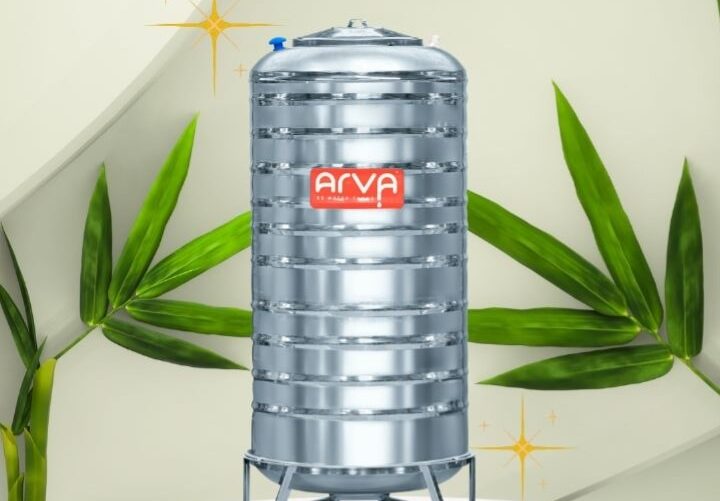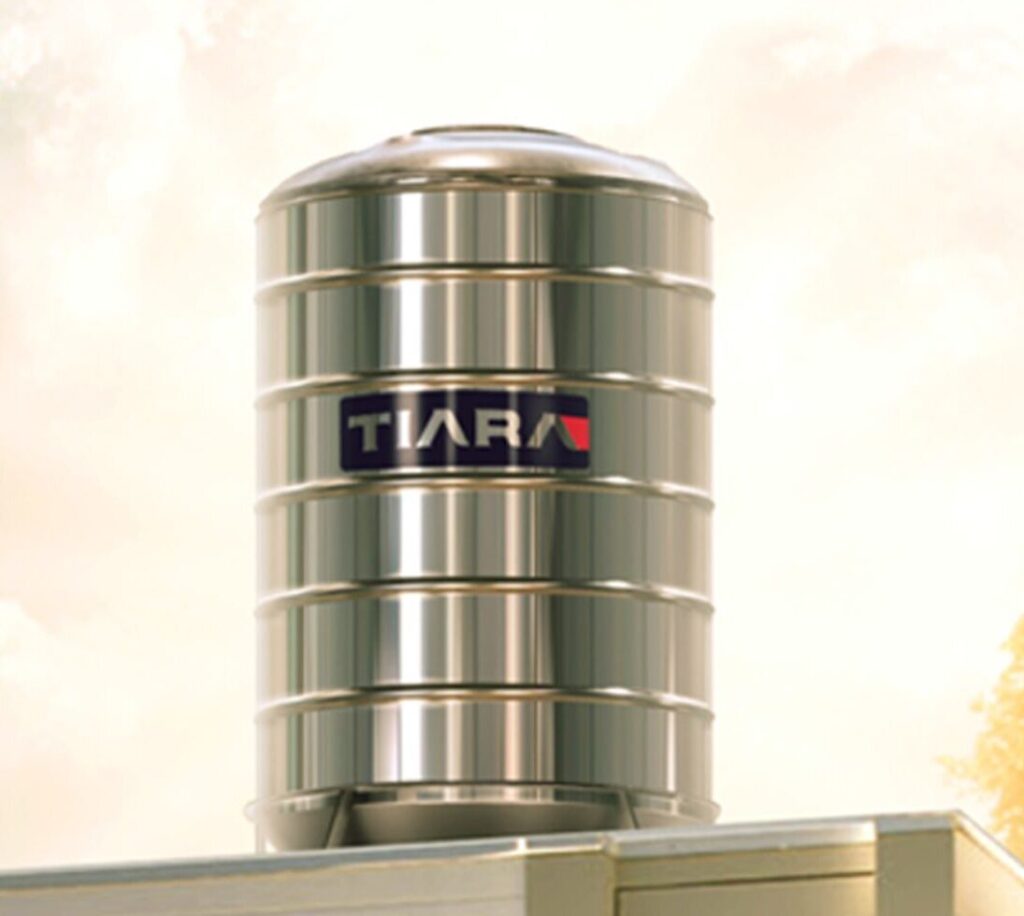
Stainless steel water tanks are renowned for their durability and resistance to corrosion, making them a popular choice for storing water. However, even stainless steel is not immune to corrosion, especially under certain conditions. Preventing corrosion is crucial to ensure the longevity and performance of these tanks. Here’s a guide on how to prevent and address corrosion issues in stainless steel water tanks.
Understanding Corrosion in Stainless Steel:
Corrosion in stainless steel occurs when the protective chromium oxide layer is compromised, allowing rust and degradation to set in. While stainless steel is designed to resist corrosion, several factors can accelerate the process, including exposure to aggressive chemicals, high humidity, and poor maintenance.
Preventive Measures for Corrosion:
Select the Right Grade of Stainless Steel
Stainless steel comes in various grades, each with different corrosion resistance properties. For water tanks, it is crucial to choose the appropriate grade based on the environment and water quality. For instance, Grade 304 is suitable for most applications, while Grade 316 offers enhanced corrosion resistance, particularly in marine environments or areas with high chloride exposure.
Ensure Proper Tank Design and Installation
Proper design and installation are key to preventing corrosion. Ensure that the tank has proper drainage to avoid water pooling, which can lead to localized corrosion. Installation should be done by professionals to avoid contamination of the stainless steel with other metals, which can create galvanic cells and accelerate corrosion.
Regular Cleaning and Maintenance
Regular cleaning helps remove contaminants that can contribute to corrosion. Use non-abrasive cleaning agents and avoid harsh chemicals that could damage the protective layer of stainless steel. Cleaning should be done periodically and should include thorough rinsing to remove any residual cleaning agents.
Monitor Water Quality
High levels of chloride, such as those found in saline or hard water, can accelerate corrosion. Regularly monitor and maintain the water quality to ensure it is within acceptable limits. If necessary, use water treatment methods to reduce chloride and other corrosive elements.
Apply Protective Coatings
For additional protection, consider applying a protective coating to the surface of the stainless steel. Coatings can provide an extra layer of defense against corrosive elements and extend the life of the tank. Be sure to use coatings specifically designed for stainless steel and follow the manufacturer’s application instructions.

Addressing Localized Corrosion
If localized corrosion or staining is observed, it is crucial to address it promptly. Identify the source of corrosion and take corrective measures, such as cleaning the affected area and applying rust-inhibiting treatments. In severe cases, professional inspection and repair may be necessary to prevent further damage.
Control Environmental Factors
Environmental conditions, such as high humidity and exposure to harsh weather, can contribute to corrosion. Where possible, control these factors by providing shelter for the tank or using corrosion-resistant materials for external parts and fittings. Proper ventilation can also help reduce moisture buildup around the tank.
Avoid Mixing Metals
Mixing different metals in contact with stainless steel can create galvanic corrosion. Ensure that all components and fittings used with the stainless steel tank are made from compatible materials. Avoid using copper or carbon steel fittings with stainless steel, as these can accelerate corrosion through electrochemical reactions.
Conduct Regular Inspections
Regular inspections are essential for early detection of corrosion and other potential issues. Look for signs of discoloration, pitting, or surface damage. Addressing these issues early can prevent them from developing into more severe problems that could compromise the integrity of the tank.
Educate and Train Personnel
Ensure that all personnel involved in the maintenance and operation of the water tank are educated about corrosion prevention. Proper training in handling and cleaning procedures can significantly reduce the risk of corrosion and extend the lifespan of the tank.
Conclusion:
Preventing corrosion in stainless steel water tanks requires a combination of proper material selection, effective maintenance practices, and environmental management. By following these tips, including selecting the right stainless steel grade, conducting regular maintenance, monitoring water quality, and addressing localized corrosion promptly, you can significantly extend the lifespan of your water tank and ensure it continues to perform effectively. Proactive measures and vigilance are key to maintaining the integrity and efficiency of stainless steel water tanks.


